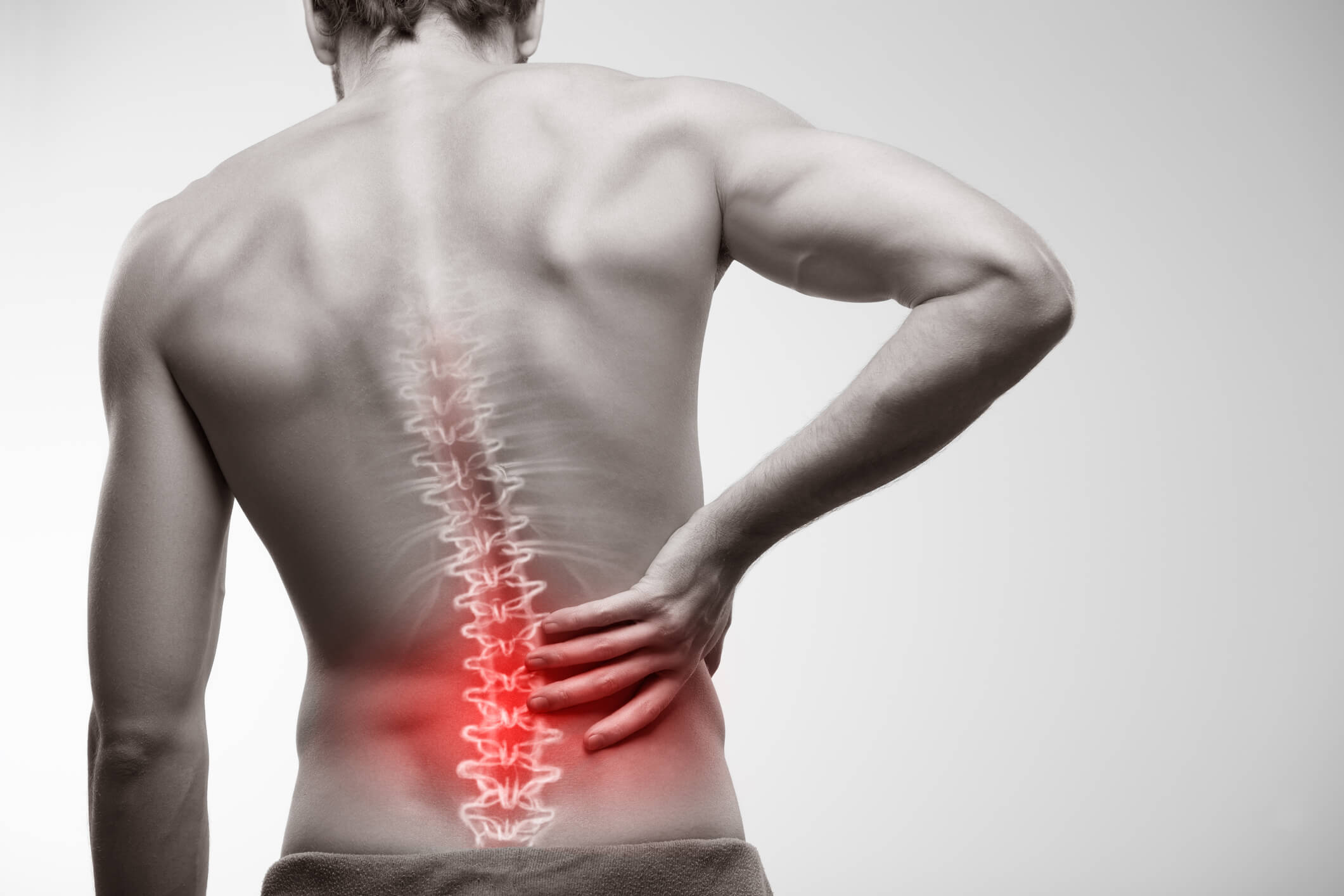Mr Dan Plev
Consultant Neurosurgeon
Specialist expertise: Spinal Surgery, Orthopaedics, Sports Injuries, Neck, Spine, Orthopaedic Spine and Neuro-spine Surgery, Back and Neck Pain.
A posterior excision of disc prolapse (a lumbar decompression) is recommended for people with spinal stenosis, fractures or tissue swelling in the spine, cancer spreading to the spine or for those suffering from spinal stenosis.

A posterior excision of disc prolapse (a lumbar decompression) is recommended for people with spinal stenosis, fractures or tissue swelling in the spine, cancer spreading to the spine or for those suffering from spinal stenosis. The procedure is used to improve symptoms such as persistent pain and numbness.
Decompression of the spine is effective at relieving symptoms of pain and numbness, however there can be complications further down the line, or straight after. This procedure has the same risks involved as any surgery. These can include:
Complications that are specific to this procedure include:
Before your procedure, your surgeon will provide you with detailed instructions on how to prepare. We will also give you access to our OneWelbeck app so that you are familiar with our site and your doctor before even arriving. Here’s what you should do and plan for before the surgery:
On the day of the surgery you will taken to your own private bay where you will be able to ask questions to your surgeon.
You will be placed under anaesthesia for the procedure. Additionally, you may be given medicines to help you relax. Once under the anaesthetic, you will be placed onto your front so that the surgeon can make an incision over the affected area. The surgeon will then remove bone spurs and cut away ligaments that are compressing the nerves. At the end of the surgery the wound will be stitched and closed appropriately.
You will firstly be transported to a post-op bay area so we can check that you are doing okay. If admitted into OneWelbeck, you will most likely be able to go home on the same day. However, you may feel pain after having the procedure. You may need some help from friends or family over the next few days with walking, therefore you may need to limit your planned activities. Your doctor will recommend you on which pain medication to take, and what possible physiotherapy you should undergo. Recovery time will depend on the complexity of the surgery. If it was a minor procedure, you may be able to return to light activity after a few weeks.
We boast a truly integrated team of orthopaedic surgeons, sports medicine physicians, podiatric surgeons, rheumatology specialists, paid medicine consultants and hand therapy specialists. All of these services work together in one place, enabling us to give patients the best care possible.